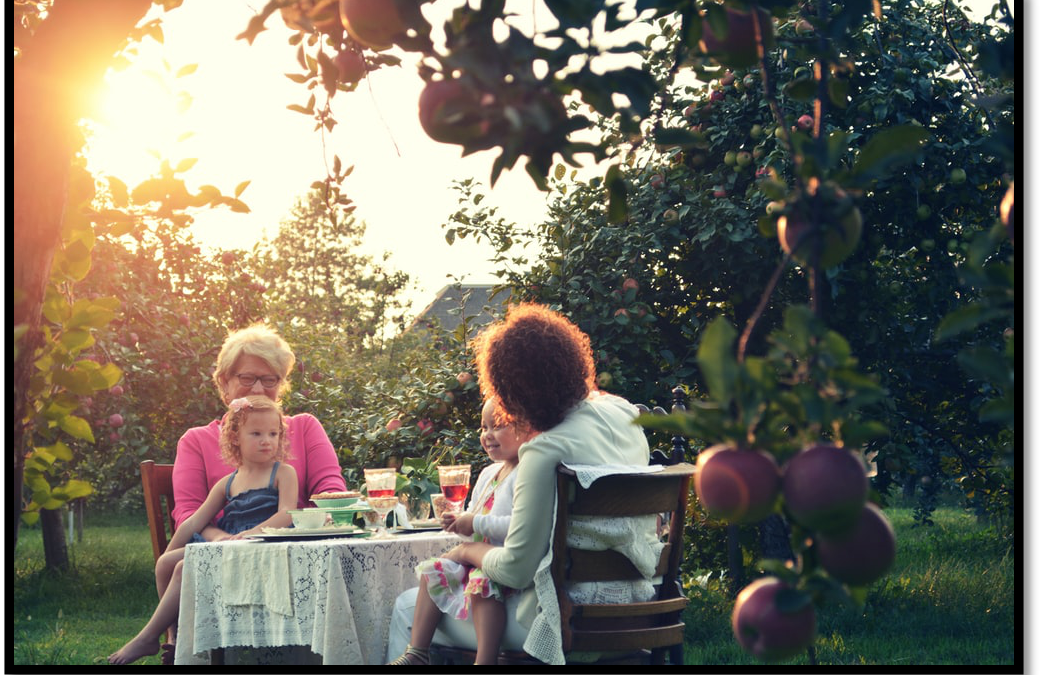The term multigenerational living is making the rounds in the architectural world, and people are getting excited!
A common concept of living in many parts of the world, many people in the U.S. weren’t actually as aware of the idea before. So, if you don’t know the first thing about multigenerational living, don’t worry.
To guide you through the basics, Great House Design offers the gist of multigenerational living, and why it might appeal to you.
Understanding Multigenerational Living
According to the U.S. Census Bureau, a multigenerational home is a household that holds more than two adult generations under one roof. This may include grandparents living with grandchildren who are under the age of 25.
Somewhere between single-family homes and multi-family communal buildings, multigenerational homes allow extended family members to live together under one roof, without having troubles with personal spaces.
Now, from an architectural design perspective, this might seem like a massive undertaking—creating a house where whole families can live in a versatile space while enjoying their own privacy. But the concept is a lot simpler than you’d think!
Flexible designs and open-plan concepts have become quite common now. So, for designers creating homes for multigenerational living, these trends have allowed them to not only utilize negative spaces in lots; they’ve allowed many to incorporate functional, practical features to the household system. Typically, these designs include separate living spaces and guest suites with attached bathrooms. Private entries and designated parking areas are also commonly incorporated in multigenerational houses.
Why Should Homeowners Invest in Multigenerational Living?
There’s a massive financial advantage to living in a multigenerational home. Maintaining a household can be costly. But staying in one household as a family and sharing expenses responsibly can help family members allocate their resources accordingly without having to worry about money!
There are more support and more hands to help with the house. Chores can be distributed; simpler physical tasks can be shared by the family. For example, the younger ones in the house can take care of basic chores like mowing the lawn or taking out the garbage, whereas the older generation can focus on less physically taxing work like cooking.
Moreover, living together as a family brings people together. It’s no secret that most people wish they could be with their extended families more, instead of just for holidays or special occasions. With the whole family under one roof, this not only helps curb loneliness amongst the older adults and parents; it helps the younger generation foster a loving, profound relationship with their family members.
Beginning Your Plans!
Interested in the idea of multigenerational living?
Great House Design offers plenty of pre-designed house plans as well as custom designing services, to help you build a beautiful multigenerational property that’ll be home to your future generations.
Speak with a representative if you want to create the perfect abode We’d be happy to help you turn your house into a home for the whole family!

